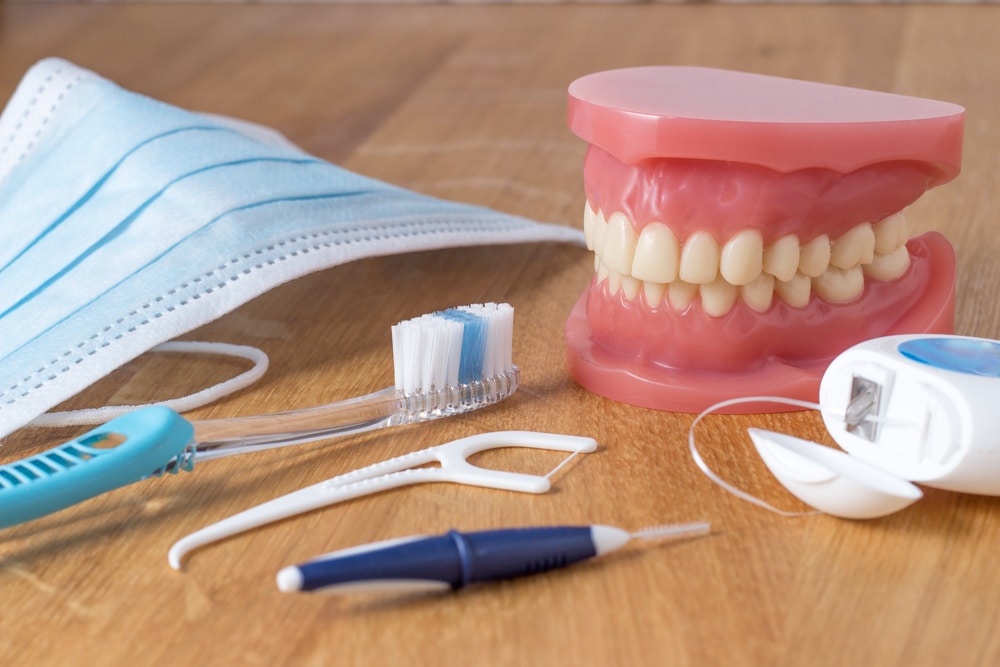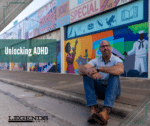
Did you ever imagine that tooth decay would be one of the most widespread and most expensive to treat bacterial diseases in the world? Tooth decay caused by bacteria can significantly impact the teeth and also the health of the entire body.
Researchers at Tel Aviv University have found a way to combat tooth decay using potent antibacterial components in dental fillings.
The researchers found that by using resin-based composites mixed with antibacterial nano-assemblies, they could slow down the growth of the bacteria that can damage teeth, preventing recurrent cavities and lowering the need for root canal procedures.
The study was published in the American Chemical Society’s journal, Applied Materials & Interfaces, on May 28.
‘When bacteria grow on the surface of the teeth in sticky dental plaque, they can eat away at the tooth enamel,’ said Dr. Sean Endsley, a Waco, Texas, dentist.
While dental plaque can be removed from tooth enamel through brushing, flossing and regular trips to the dentist, it is always an ongoing battle to keep bacteria at bay.
‘When the balance of the mouth is tipped, and bacteria begin to grow, you’re at risk of cavities,’ Endsley said.
Dental fillings and other restorations are often used to fix the destruction of tooth enamel, but in some cases, bacteria can hang out on the edge of these dental restorations and, over time, leach underneath the filling and cause unseen or undetected damage.
This situation is known as secondary tooth decay and causes restoration failure. When restorations fail, the next step is the root canal procedure designed to remove diseased tooth pulp.
The Israeli team hopes that their new enhanced material can help reduce the need for root canals by fending off virulent and persistent bacteria. They hope that by reducing the impact of the bacteria, they can also reduce the need for multiple restorations and replacement restorations.
They also hope to reduce the cost of treating tooth decay around the world.
The antibacterial ingredient used by the Tel Aviv team is known as Fmoc-pentafluoro-L-phenylalanine. Using this particular antimicrobial meant researchers only had to use a little of it. It was also easy to put into the resin material used in the restoration.
Additional benefits of the product: It is biocompatible and quickly scaled to make the product readily available for a widespread treatment program.
According to a 2015 report published by the International and American Associations for Dental Research (IADR/AADR), the cost of treating tooth decay is about $442 billion per year.




